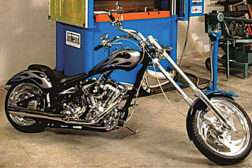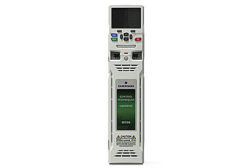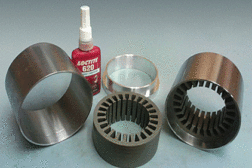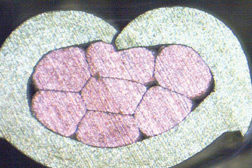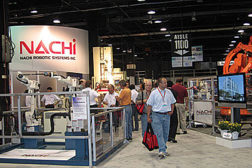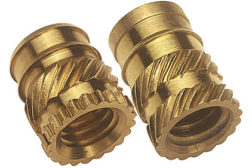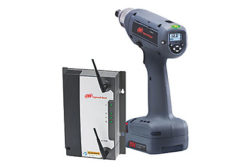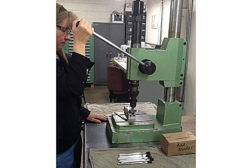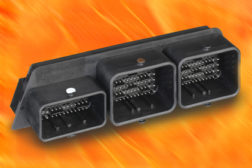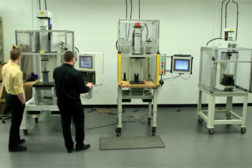Assembly Presses
Increasing Strength and Reliability of Interference Fits
Retaining compounds enable engineers to design robust, lightweight joints at less cost than traditional interference fits.
October 1, 2013
The Assembly Show Is Here!
Manufacturing professionals can see the latest assembly technologies, learn from industry experts, and network with their peers at the Assembly Show this month.
October 1, 2013
How to Install Threaded Inserts
As much as 75 percent of a threaded insert’s performance is a direct result of how well it was installed.
October 1, 2013
New Technologies to Shine at Assembly Show
A host of innovative new technologies will be unveiled next month at the Assembly Show, the only event dedicated exclusively to assembly technology.
September 10, 2013
Manual Assembly Presses Are Simple and Flexible
Manual assembly presses continue to outsell pneumatic and servo-driven presses for three reasons: lower price, greater flexibility and simpler operation.
September 9, 2013
Never miss the latest news and trends driving the manufacturing industry
Stay in the know on the latest assembly trends.
JOIN TODAY!Copyright ©2025. All Rights Reserved BNP Media.
Design, CMS, Hosting & Web Development :: ePublishing
